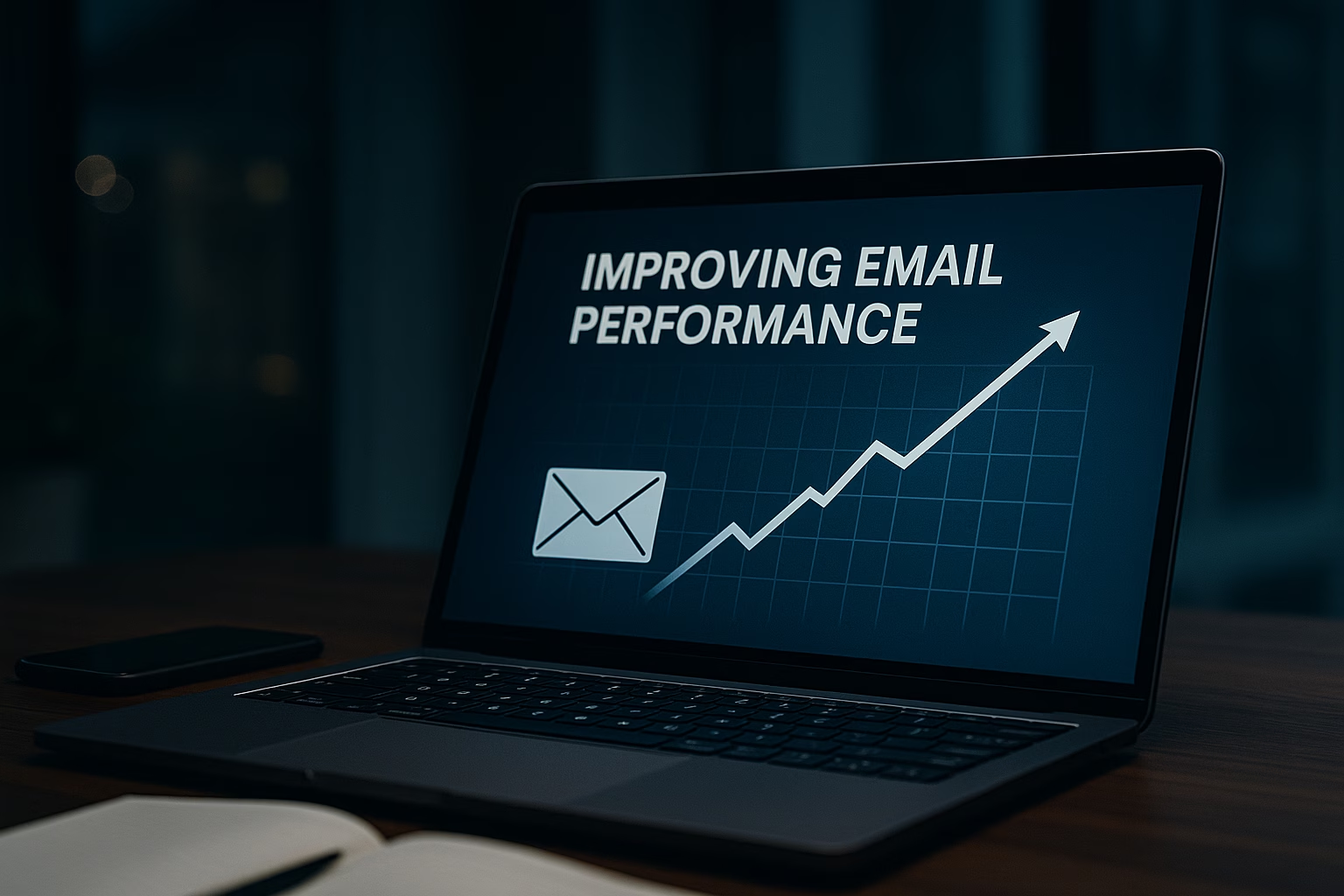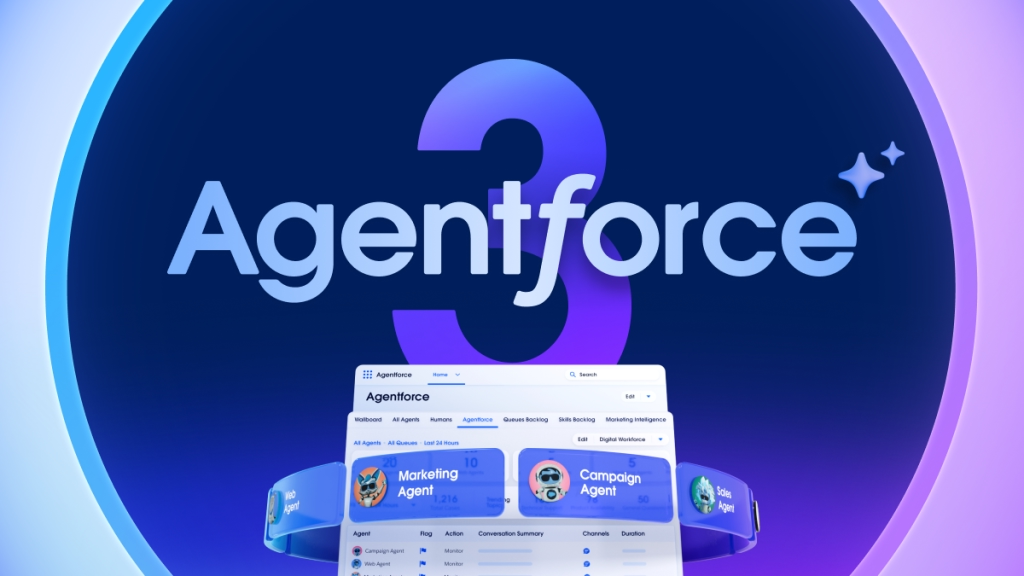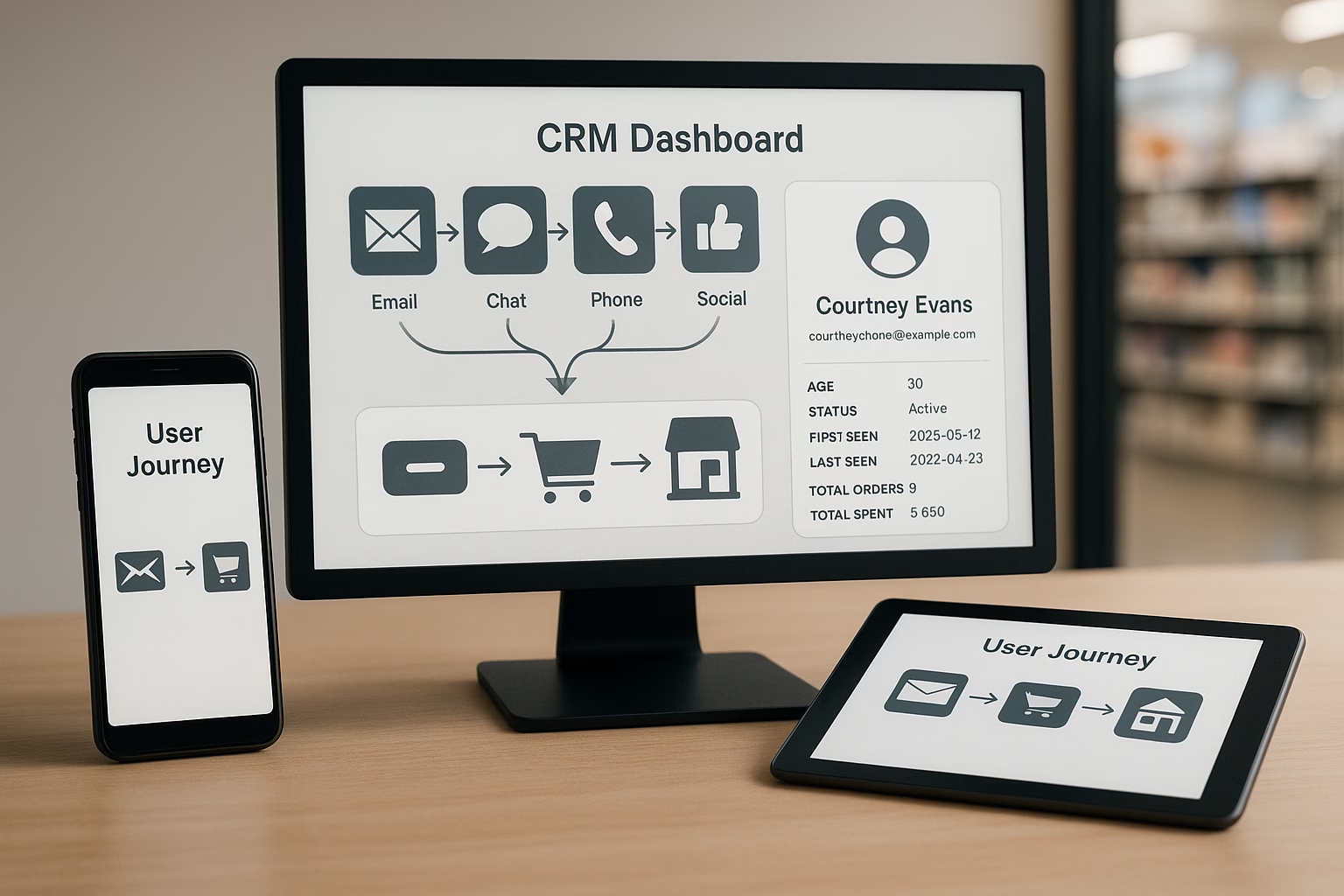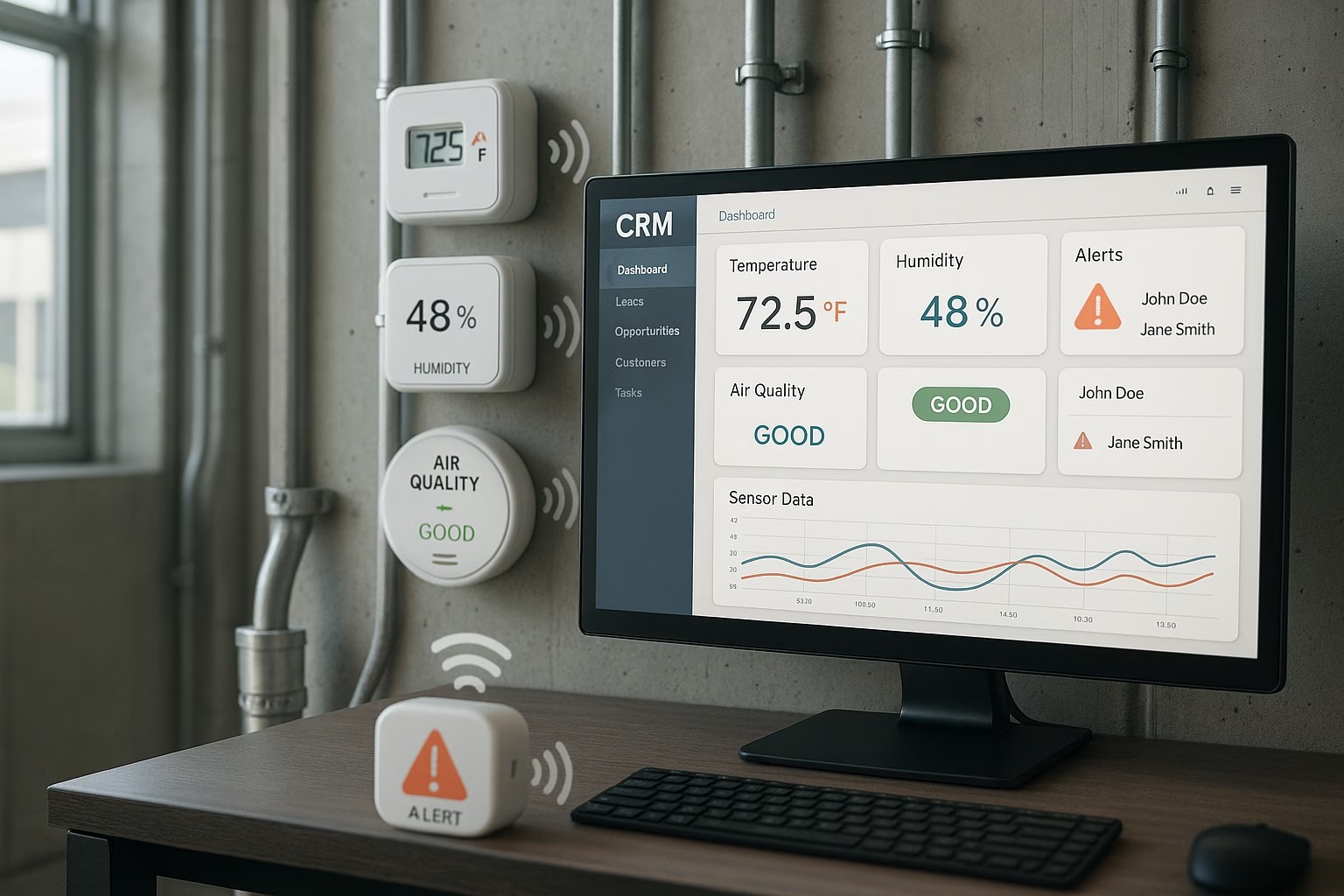When it comes to AI agents, you do not have the luxury of waiting. Things are moving fast. The decision you make now — whether you build your own stack, buy quick point solutions, or adopt enterprise-ready platforms — will shape how competitive your business is for years to come. Choose poorly and you inherit avoidable cost and complexity. Choose well and you get scale, speed, and room to focus on outcomes that matter.
In our experience, too many executive conversations still orbit the novelty of the technology. What matters more are the trade-offs: financial investment, time to value, governance and compliance, and whether your culture can adopt the change. Companies that weigh these factors with clear eyes move faster, scale with confidence, and create durable advantage. This moment of “Agentic AI” is where systems act not just as assistants but as autonomous, multi-step problem solvers. The distinction matters, because what enterprises are deciding today is whether they will still be experimenting in two years or whether they will be operating at true agentic scale.
AI Build vs. Buy for Enterprises: Understanding the trade-offs
The build path promises control. Teams attempt to master model selection and prompting, design retrieval-augmented generation pipelines, orchestrate multi-agent systems, and layer in monitoring and governance while also integrating with legacy platforms. The appeal is full customization. The reality is complexity and drift as the underlying tooling evolves. McKinsey’s 2025 Global Survey on AI notes that adoption keeps rising, yet risk management and value capture remain uneven — a warning sign for custom programs that try to solve everything in-house.
The buy path offers speed. Point solutions go live quickly and deliver narrow wins in support, HR, or IT. The limitation appears when you expect these agents to span functions, comply across regions, or share context in real time. Analysts repeatedly flag orchestration and integration as the sticking points inside large enterprises, especially where processes and data are fragmented across teams. Many point solutions fall short of agentic capabilities: they automate tasks, but they do not orchestrate across domains or adapt to broader business goals.
Hidden costs of Enterprise AI Agents: Time, money, risk, opportunity
Financial costs arrive first, but they rarely tell the whole story. Building requires premium talent and sustained infrastructure across orchestration, monitoring, and governance. Even leaders with significant budgets struggle to match platform-level investment. Salesforce’s Agentforce, for example, continues to expand native trust, observability, and orchestration. Agentforce 3 added a Command Center for agent observability — the kind of capability many firms would spend years replicating in house.
Point tools look inexpensive at first, but total cost of ownership rises with integration work, overlapping vendors, and duplicated capabilities as each department adopts its own agent. IDC underscores that tool sprawl and fragmented automation increase complexity and blunt impact unless enterprises standardize on shared foundations.
Time costs are often larger than the invoices. Custom builds can take quarters or years before production. During that window competitors are already learning in market. Microsoft’s 2024 Work Trend Index found that use of generative AI nearly doubled in six months, with three quarters of global knowledge workers already using it. If your teams are still wiring plumbing, they are not compounding learning from real adoption.
Compliance and risk costs are board-level and ongoing. Regulations evolve, audits deepen, and customers demand transparency. Leaders consistently cite governance as a primary barrier to scaling AI. Platform controls matter here. Microsoft’s Copilot Studio offers data residency, DLP, certifications, and environment controls, while Salesforce’s Einstein Trust Layer formalizes data masking, content moderation, and secure retrieval. These controls, built into platforms rather than custom projects, shorten review cycles and reduce exposure.
Opportunity costs are the least visible and the most damaging. Every month spent on infrastructure is a month not spent reimagining customer journeys or opening new revenue motions. HubSpot’s latest reports show AI adoption spreading across marketing, sales, and service teams with measurable impact on acquisition cost and expansion. Those teams are iterating in the field, not waiting for bespoke stacks to land.
Enterprise-ready AI platforms: The smarter foundation
You are not limited to a binary choice between bespoke build and narrow buy. There is a third path that reduces risk and accelerates impact: building on foundations that have already solved the hardest problems.
Enterprise-ready platforms combine the scale of cloud infrastructure with embedded trust, orchestration, and extensibility. Salesforce’s Agentforce, for example, layers in governance, secure retrieval, guardrails, and role-specific agent templates alongside native orchestration and monitoring. Microsoft’s Copilot ecosystem leverages the breadth of Microsoft 365, Azure, and Dynamics with connectors, policy controls, and security frameworks enterprises already trust. HubSpot’s AI-powered CRM suite brings agentic capabilities into marketing, sales, and service where adoption spreads quickly and ROI is immediately visible.
What unites these platforms is not a single feature but a philosophy: prebuilt trust, integration fabric, and repeatable patterns that allow enterprises to focus on high-value outcomes rather than plumbing. In other words, they have already done the heavy lifting of compliance, orchestration, and scale so you can start where value is created, not where infrastructure begins.
And these three are not alone. ServiceNow is building AI agents into workflow automation across IT, HR, and customer service. SAP is embedding agentic AI into its enterprise applications and supply chain systems. Oracle, Workday, and others are also moving quickly to integrate agents into their clouds. Early leaders like Anthropic, Cohere, and OpenAI are shaping the ecosystem from the foundation-model side, while enterprise vendors are racing to operationalize those advances at scale.
AI maturity always comes in stages: from task automation, to autonomous agents, to full orchestration across business functions. The real advantage of enterprise-ready platforms is that they are already engineered for the later stages. Starting there means you are not investing in systems that top out at stage one when your ambition (and the market’s direction) is stage three.
A practical framework to decide
Start by defining the few outcomes you want in market within six months. For most enterprises the right first moves live where process is repeatable, data quality is sufficient, risk is manageable, and the business line has a sponsor who owns the metric. Containment rate in support, cycle time in sales development, or first-contact resolution in field service are common starting points. Treat the agent like a product, not a project, with a backlog, a release cadence, and telemetry that shows what it is actually doing.
Run a total cost of ownership exercise that models two scenarios for the same use case. The first is a platform-based build that uses Agentforce, Copilot Studio, or HubSpot AI with your existing systems of record. The second is a bespoke stack. Include salaries for platform, data, and security engineers, the cost of evaluation and guardrails, observability tooling, and the cost of internal approvals. Even a conservative model shows the bespoke path absorbing the first six to twelve months in plumbing while the platform path ships value in the same period. Your finance partner does not need perfect inputs to see the order-of-magnitude difference.
Decide your retrieval and integration pattern early. For knowledge questions with high change velocity, connect systems of record and event streams rather than freezing content into static indexes. For workflows that take action, prioritize connectors and functions the platform already supports. The goal is reliable outcomes with the fewest custom parts.
Commit to evaluation and observability up front. Salesforce’s Command Center and Microsoft’s policy controls exist for a reason. If you cannot see what the agent did, which sources it used, what it refused, and when it escalated, you will not pass an internal risk review and you will not know how to improve it.
Operating model, culture, and data readiness
Technology is the easy part once foundations are in place. Your operating model carries the load. Give the program an accountable owner who reports to a senior leader. Stand up an AgentOps function that pairs a product manager, a domain expert, and a platform engineer. Make this team responsible for quality, guardrails, and delivery. Share results openly with legal, security, and compliance to build trust.
Culture decides speed. Adoption grows when employees see that the agent improves their day rather than adds steps. Choose use cases where the agent drafts, assists, or recommends while still handing off cleanly to a human, then raise autonomy as confidence grows. Microsoft’s research shows employees are already bringing their own AI into work, which means your job is to channel that energy into governed pathways that scale.
Data readiness remains the quiet blocker. Most failed initiatives suffer from poor data quality, unclear ownership, or missing lineage. If you do one thing well before you scale, do this: connect authoritative sources, define recency requirements, and agree on what gets logged for audits. The rest of the stack becomes straightforward when data is trustworthy. We have written extensively on that topic in other blog posts, so make sure to check them out.
From pilot to scale: How to begin the journey
When the foundations of operating model, culture, and data are in place, early adoption becomes much simpler. Start with a small number of use cases where the metrics are clear, the data is accessible, and the risk is manageable. Treat the agent like a product, not a project — with a backlog, a cadence of improvements, and telemetry that proves what it is doing.
Once value is demonstrated, expand thoughtfully into adjacent functions. The key is to standardize governance and observability early so each new agent builds on the same foundation rather than creating silos. This progression — from a trusted pilot, to a second department, to cross-functional orchestration — is how enterprises compound returns. HubSpot, for example, has seen rapid AI adoption inside revenue teams because early wins in sales and marketing created momentum that spread across the customer journey.
Scaling Enterprise AI with Expertise and Partnerships
Even with strong foundations, important choices remain. Where to start, how to measure value, how to prevent tool sprawl, and how to govern responsibly as you scale. This is where experience matters.
At Sirocco Group, we help enterprises make pragmatic decisions that stick. We operate at the intersection of Data, AI, and CRM, and we partner with Salesforce, Microsoft, and HubSpot. The objective is simple: align your AI roadmap to business outcomes, use platforms that already did the heavy lifting, and ship value that teams adopt rather than resist. When you need to customize, do it in the areas that truly differentiate your business.
And it is not just a CIO conversation. As Forrester points out, success with agentic AI requires leadership alignment across the enterprise. CEOs must set the vision for an autonomous enterprise. Business leaders should focus on pragmatic use cases with measurable outcomes. Technology and data leaders must build architectures and governance that scale. Security and compliance leaders must innovate to manage risk and resilience. Adoption at scale is only possible when leadership is engaged at every level.
The future of Enterprise AI Agents: Making the right strategic choice
The question is not whether you will use AI agents. The question is how you will use them to create an advantage. Building everything yourself fits a small minority with unusual resources and long horizons. Buying isolated point tools fits narrow, immediate needs, but rarely scales. The durable approach is to start on enterprise-ready platforms, add only what is unique to your business, and keep your energy on outcomes that customers and employees can feel.
Leaders who move this way avoid legacy traps, compress time to value, and build capabilities that can evolve as models, rules, and markets change. That is how you turn agents from experiments into everyday advantage, and that is where a partner like Sirocco Group earns its keep. If you are exploring these choices, our team would be glad to share what we are seeing in the market and how leading enterprises are moving from pilots to scale.
Further reading:
- Microsoft, 2024 Work Trend Index; rising AI use at work and leadership concerns about scaling and governance.
- McKinsey, 2025 State of AI; adoption up, risk management and value capture still uneven.
- Salesforce, Agentforce announcements and Einstein Trust Layer documentation; built-in trust, secure retrieval, guardrails, and orchestration.
- HubSpot, AI trends in marketing and sales; rapid adoption across go-to-market teams.
- IDC MarketScape; orchestration and integration challenges in large enterprises.
LinkedIn caption
Enterprises are making high-stakes calls on AI agents: build bespoke, buy point tools, or stand on enterprise-ready platforms. I break down the real costs—financial, time, compliance, and opportunity—and why starting on Salesforce, Microsoft, or HubSpot foundations, guided by experts like Sirocco Group, is the fastest path to scale. Read the analysis.










